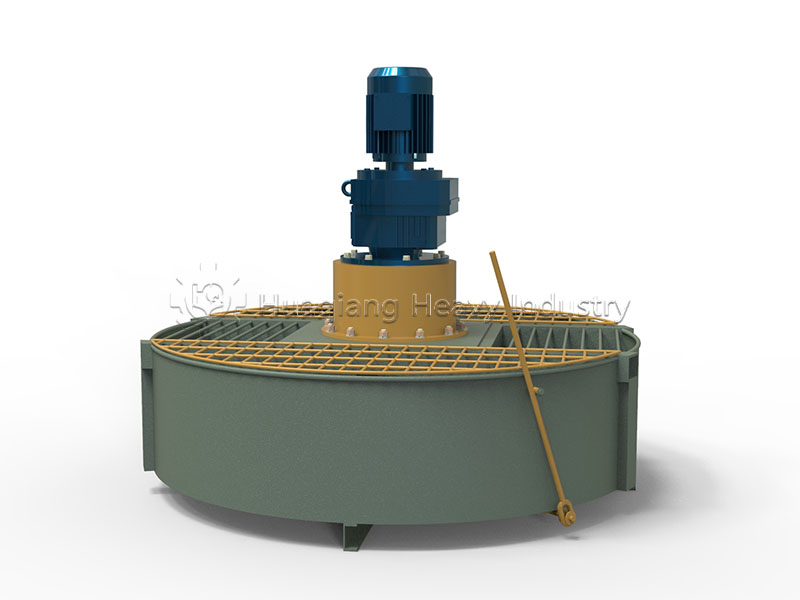As a common material mixing equipment in industrial production, vertical mixers hold an important position in the global industrial field with their unique vertical structure design and excellent mixing performance. This equipment can efficiently handle various mixing requirements from dry powders to high-viscosity materials, making them particularly valuable in fertilizer manufacturing processes. In modern NPK fertilizer production line systems, these mixers serve as crucial components within the comprehensive NPK fertilizer line, where the NPK blending machine ensures precise homogenization of nitrogen, phosphorus, and potassium components before granulation.
The mixed materials then proceed to the granulation phase, where different types of fertilizer granulator equipment come into play. For organic-based production, the disc granulator in a complete disc granulation production line creates spherical granules through centrifugal force and liquid binding agents. Meanwhile, the double roller press granulator offers an alternative dry granulation method for materials unsuitable for traditional processes. Both technologies can be integrated into either a specialized organic fertilizer production line or conventional NPK fertilizer systems, demonstrating the versatility and essential role of vertical mixers in supporting diverse fertilizer manufacturing methodologies across global agricultural sectors.

Equipment Overview
The vertical mixer features a vertically arranged mixing container design. This structure not only saves space but also achieves more uniform mixing results. The equipment is suitable for mixing various dry powders, wet materials, slurries, and high-viscosity materials, with wide applications in industries such as chemical, food, pharmaceutical, and building materials. Particularly noteworthy is that vertical mixers perform excellently in small and medium batch material mixing, providing efficient and reliable mixing solutions for various production enterprises.
Equipment Structure and Composition
The precise structural design of the vertical mixer ensures its excellent performance and stability:
Core Structure Diagram
Mixing Tank: Vertically arranged, typically cylindrical in design, with a feeding port at the top and a discharge port or valve at the bottom for easy material loading and unloading.
Mixing Device: Includes a mixing shaft and mixing blades installed on the shaft. Various types of blades such as paddle, propeller, and anchor can be selected according to material characteristics and mixing requirements.
Drive System: Composed of motor and reducer, providing stable rotational power for the mixing shaft to ensure smooth operation of the mixing process.
Sealing Device: Effectively prevents material leakage and external air entry, ensuring the sealing and hygiene standards of the mixing process.
Control System: Intelligent control of mixer start/stop, mixing speed, and time parameters for precise process control.
Support and Rack: Provides stable equipment support, ensuring equipment stability and safety during the mixing process.
Application Fields
Chemical Industry
Food Processing
Pharmaceutical Industry
Building Materials
Cosmetics Production
Pesticide Manufacturing
Technical Advantages
The unique design of vertical mixers brings multiple technical advantages: vertical structure saves floor space, suitable for production environments with limited space; various blade options can meet different material mixing requirements; precise sealing system ensures pollution-free production process; intelligent control system achieves accurate process parameter control; stable support structure ensures long-term reliable operation.
Future Development Trends
With the development of Industry 4.0 and smart manufacturing, vertical mixers are evolving towards greater intelligence and automation. Future vertical mixers will integrate more sensors and IoT technology to achieve remote monitoring and intelligent maintenance. Meanwhile, the application of new materials and processes will further enhance equipment durability and mixing efficiency, providing better mixing solutions for global industrial production.